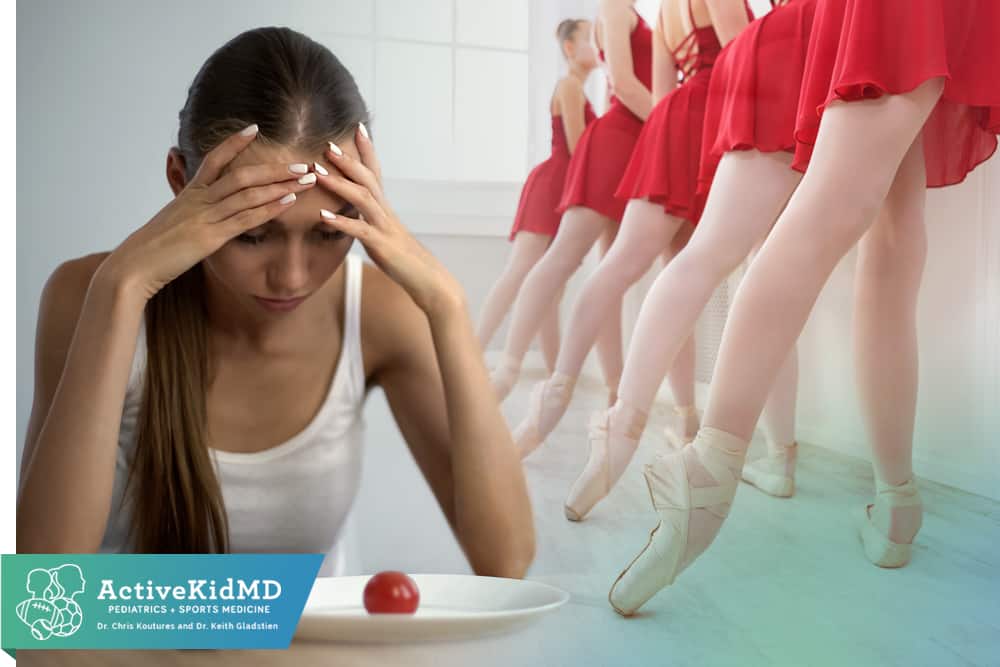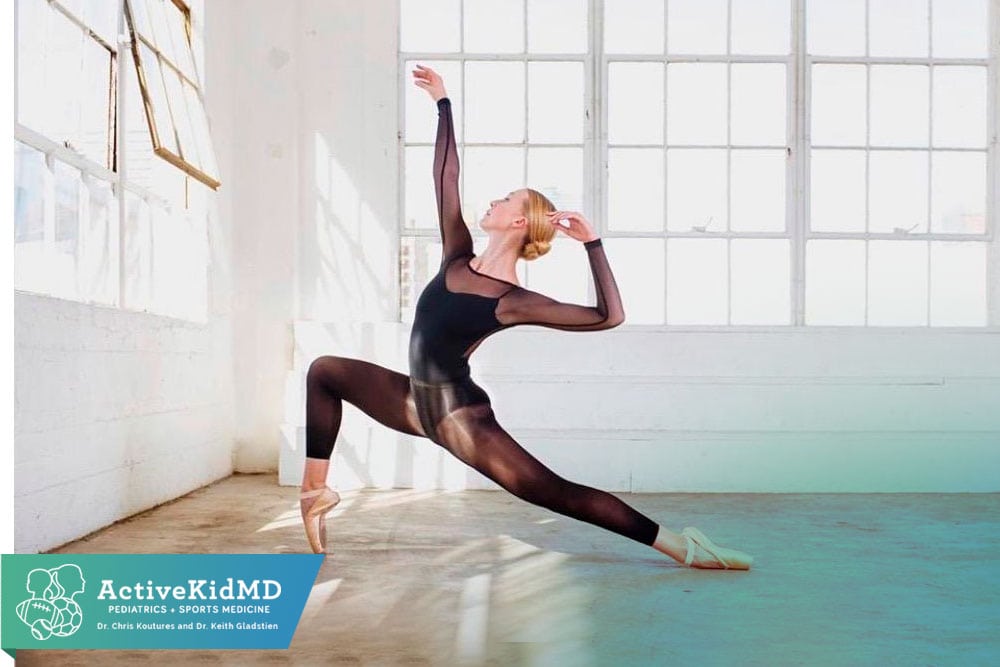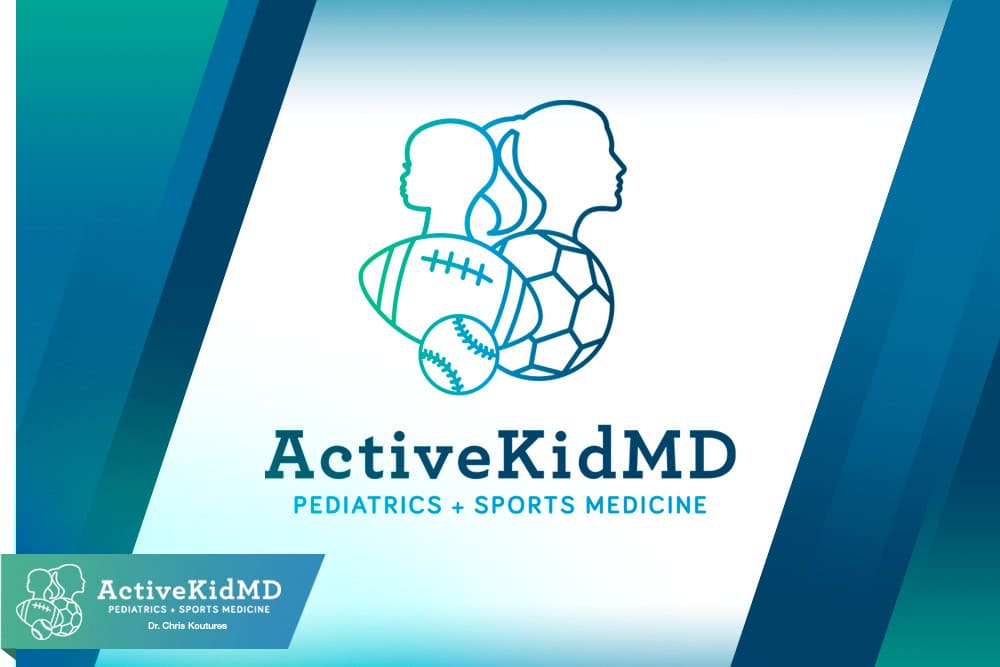Advice by Sport: Dance
What Tips Do You Have For Starting My Child In Dance?
When I ask many younger dancers about what types of dance they do, I often get something like the following answer “hip-hop/jazz/ballet/tap/lyrical/modern.”
There are many challenging types of dance, and at a young age, it is good for a child to learn the different skills needed to enjoy each type of dance.
The variety makes things interesting for a young dancer, and reduces the risk of overuse injury or burnout.
Also, this broad exposure allows the dancer to better choose favorites down the road.
For the very young dancer (under age 6 or 7) each class should cover a variety of dance disciplines with 1-2 classes a week a good starting point.
Emphasizing one type of dance per class is recommended more for school-age dancers who have learned the basic skill sets and can better focus on one discipline for at least an hour.
How Can We Best Prevent Dance Injuries?
- Make sure that each child learns the foundation or basic steps of each type of dance before progressing to more advanced routines.
- Recommend that instructors use mirrors and the barre to help young dancers pay meticulous attention to technique. A proper turnout starting at the hips can greatly reduce the risk of knee and foot injuries as a dancer matures.
- Trying to cheat by rolling out with the feet to get extra turnout, for example, may produce significant problems in the future.
- As dancers pair up, try to combine dancers of the same height, talent level, and strength to reduce the risk of falls, drops, or overload injuries.
- Attention to the feet and footwear is also important. When able to be worn, slippers and shoes should be in good condition and fit well especially on the feet of rapidly growing dancers.
- An especially firm dance floor can increase the risk of stress injuries, and excessive sweat or moisture on the floor sets up the risk for slips or falls.
- I have also been impressed with the number of shoulder injuries seen in young dancers. Special strengthening and stretching exercises are highly recommended just as we prescribe for overhead throwing athletes.
- Another area of relative weakness is in the lower back and pelvis region as the artistic demands of dance often place unique challenges and without proper coordination of the lower back and pelvis muscles, chronic pain can be a common problem.
- As many dancers do practice multiple disciplines, it is important that parents must be the foremost advocate for their children, often only the family of a dancer can truly appreciate all the time and physical demands.
- Do not hesitate to foster communication between instructors and set necessary limits to reduce physical and emotional overload.
Any Tips For Summer Camps Or Intensives?
Summertime, and the living may not be easy for a young dancer attending an intensive camp or class unless there is proper preparation.
To get the most out of these wonderful opportunities for learning and advancement, discuss the need for proper nutrition and rest beforehand.
May be important to take a week or so off before the intensive to ensure the dancer is appropriately rested for the experience, and not to immediately schedule any demanding work right afterward.
What Nutritional Concerns Do You Often See In Dancers?
1) Rehearsals can last for several consecutive hours and burn thousands of calories.
- To keep up appropriate energy, recommend multiple small meals a day, include high-value energy sources before, during, and after a dance session.
- Fruits and vegetables make for quick, healthy snacks while long-acting carbohydrates such as bagels and pasta are also a good choice.
2) Dancers are often deficient in calcium and vitamin D (most studios are inside and away from regular sun exposure) which can increase the risk of bone stress injury.
- Increasing dairy intake including chocolate milk is an strong choice for a recovery, is vital.
3) Low red blood cell counts (anemia) due to low iron intake can reduce endurance and academic performance.
- 3 good sources of iron intake per day (red meat, dark poultry, red fish, beans, eggs, peanut butter and spinach) can counter these issues.
How Old Should My Daughter Be When She Goes En Pointe In Ballet?
- Going en pointe (dancing on the toes down position) is a significant milestone for ballet dancers as only serious and talented dancers reach this level, and it must be mastered for further development at higher levels of ballet.
- There is no set age at which a young woman is ready to dance en pointe, though most begin this position anywhere from age 11-13, often with 4 or more past years of dance training.
- Most sports medicine and dance physicians recommend looking at the overall development of the dancer rather than the age.
- The dancer should master all the basic dance positions and feel comfortable with all aspects of dance using these steps.
- If a dancer cannot do any other moves while en pointe, then she is clearly too young or inexperienced to be in that position.
- A young dancer contemplating the en pointe position should be free of any current leg, foot, or ankle injuries, and should also utilize conditioning exercises to strengthen the lower leg and ankle. Hypermobility of the ankle needs to be corrected before starting en pointe work.
- Finally, a dancer going en pointe must be dedicated to practicing ballet at least two times a week to learn this very demanding skill.





